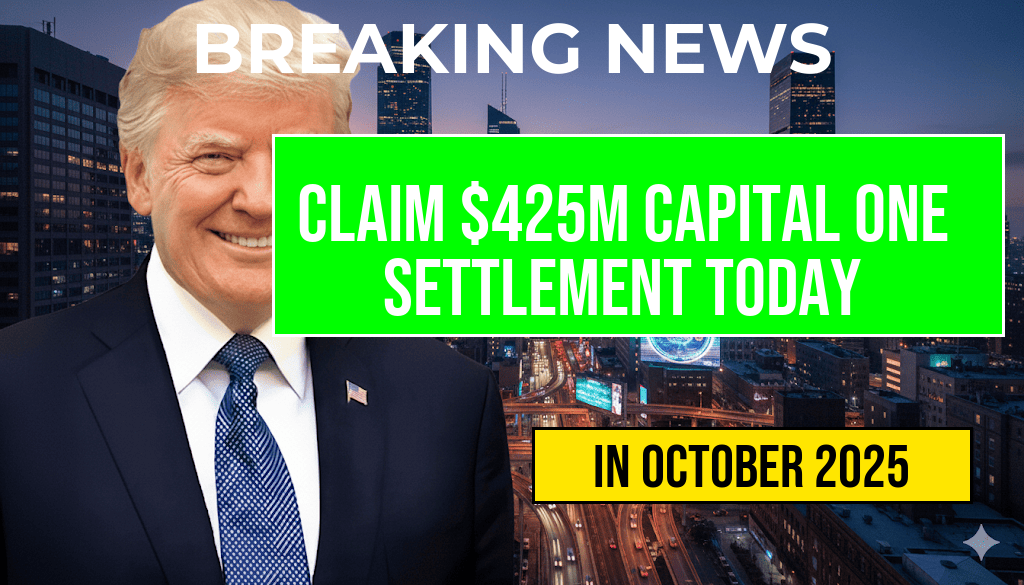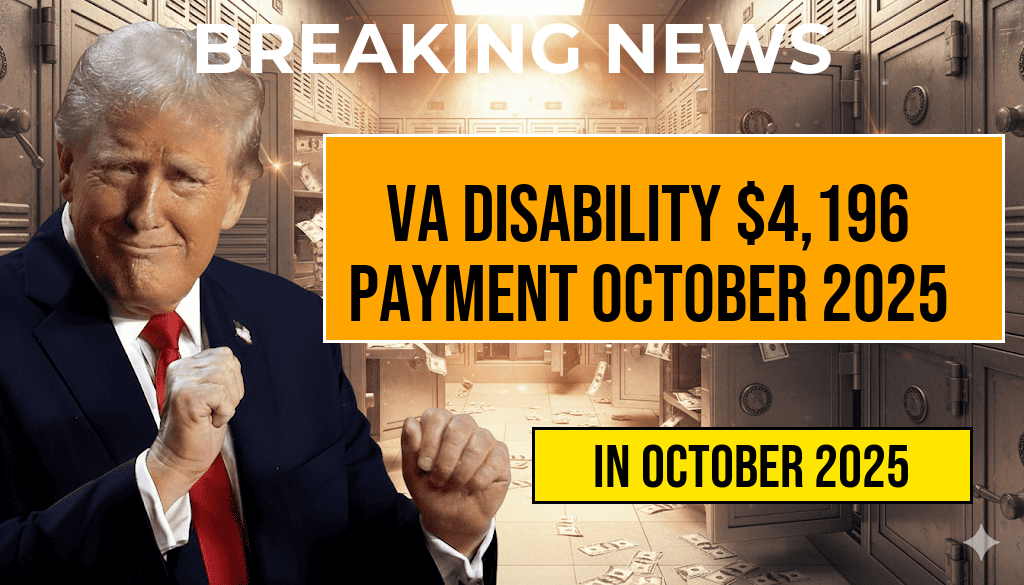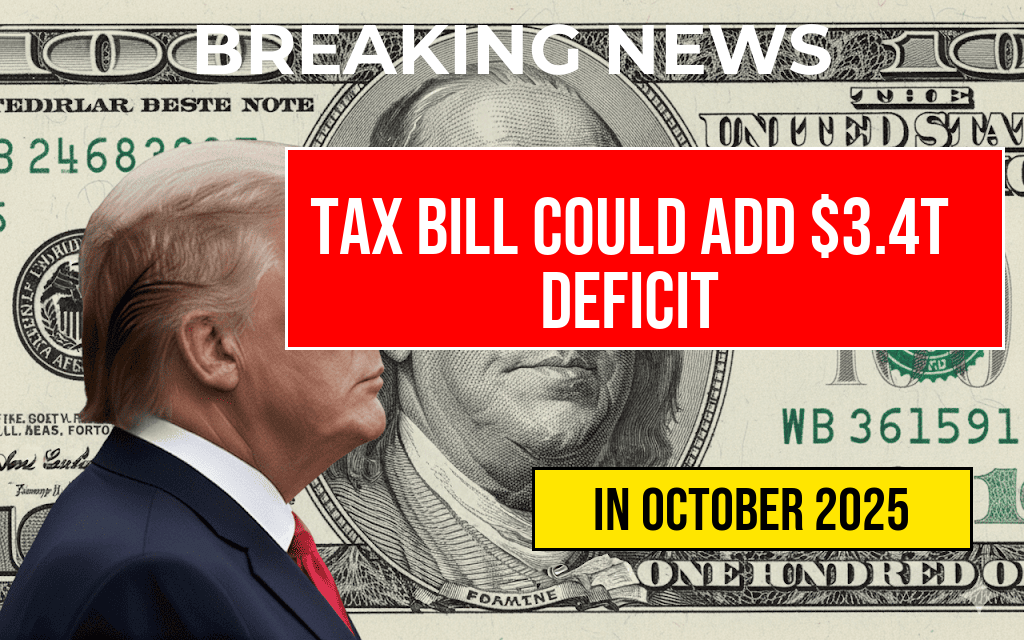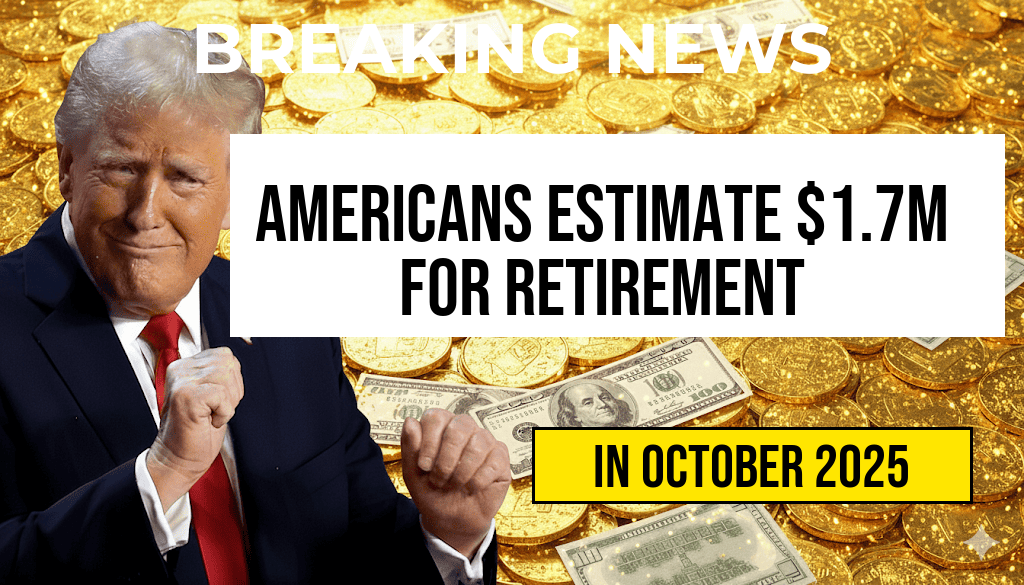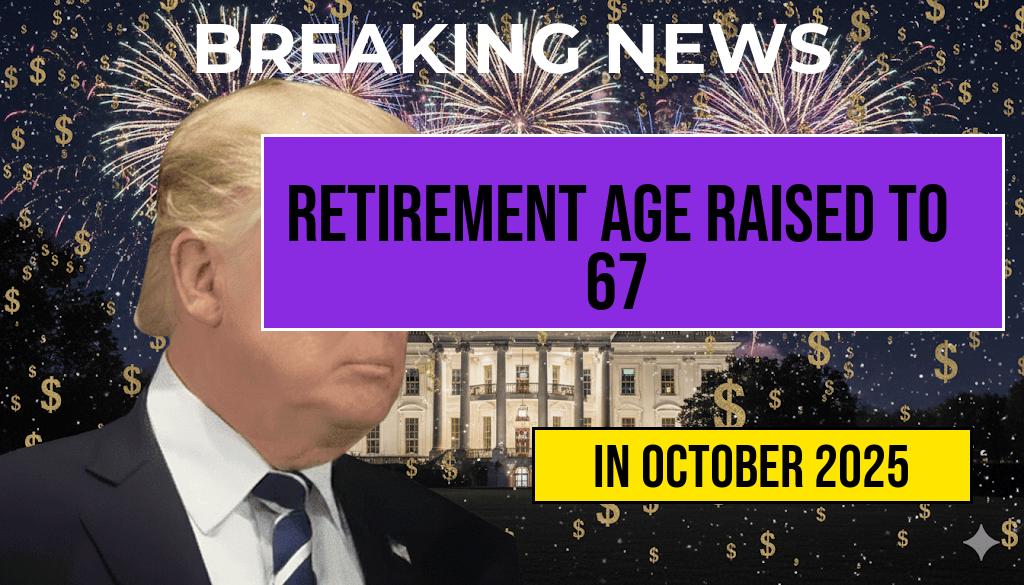Former President Donald Trump has recently voiced support for allowing high-risk cryptocurrency investments to be included in 401(k) retirement plans, a proposal that has sparked debate among financial experts, policymakers, and retirement savers. Trump’s advocacy suggests that Americans should have the option to allocate a portion of their retirement savings into volatile digital assets like Bitcoin and other cryptocurrencies, despite their well-documented price swings and regulatory ambiguities. While proponents argue that this move could unlock significant growth opportunities for retirement portfolios, critics warn it could expose investors to undue risks and undermine the stability of long-term savings strategies. The proposal, if adopted, would mark a notable shift in retirement investment policy, potentially redefining how Americans prepare for retirement amid the rapid evolution of digital finance.
Background on 401(k) Investment Options and Cryptocurrency
401(k) plans have traditionally focused on diversified investments primarily consisting of mutual funds, stocks, bonds, and target-date funds. These options are designed to balance growth with risk mitigation, aligning with the long-term horizon of retirement savings. However, as the financial landscape evolves, some advocates argue that digital assets like cryptocurrencies should be included as an investment choice within these plans.
Cryptocurrencies, led by Bitcoin (BTC), have experienced exponential price increases over the past decade, attracting a broad base of retail investors seeking high returns. Yet, their notorious volatility, regulatory uncertainties, and security concerns have kept them on the fringes of mainstream retirement investment options. Critics highlight that these digital assets lack the stability and historical track record typically associated with retirement portfolios, raising questions about their suitability for risk-averse savers.
Supporters of including cryptocurrencies in 401(k)s argue that digital assets could diversify investment holdings and provide exposure to a burgeoning asset class that may outperform traditional stocks and bonds over the long term. The debate revolves around whether the potential for high returns justifies the increased risk and whether it aligns with the fiduciary duties of plan administrators.
Donald Trump’s Position and Rationale
During recent interviews and public statements, Trump has emphasized individual choice and the importance of innovation in investment options. He stated that Americans should be empowered to diversify their retirement portfolios with emerging assets, including cryptocurrencies, which he believes could serve as a hedge against inflation and traditional market downturns.
Trump’s stance aligns with a broader push from some segments of the financial industry advocating for modernized retirement plan options that reflect the digital economy. His support underscores a desire to modernize retirement savings strategies and potentially attract younger investors more comfortable with digital assets.
However, his advocacy has been met with skepticism from financial regulators and consumer advocates, who caution that adding high-risk investments could jeopardize the financial security of millions of retirees and those nearing retirement age.
Potential Policy Changes and Industry Response
While there are no immediate legislative proposals to incorporate cryptocurrencies into 401(k) plans, discussions have gained momentum among policymakers and industry groups. Some industry insiders suggest that plan providers might soon offer specialized cryptocurrency funds or options, provided regulatory hurdles are addressed and investor protections are established.
| Advantages | Disadvantages |
|---|---|
| Potential for high returns and portfolio diversification | Increased volatility and risk of significant losses |
| Exposure to emerging digital assets and innovation | Lack of regulation and investor protection |
| Appeal to younger, tech-savvy investors | Potential conflicts with fiduciary duties |
Major retirement plan administrators and financial firms have expressed cautious interest, emphasizing the need for clear regulatory frameworks, investor education, and risk disclosures before such options could be broadly offered.
Regulatory and Fiduciary Considerations
Federal regulators, including the Department of Labor (DOL), have historically maintained strict standards regarding the types of investments permissible within retirement plans. The DOL’s fiduciary rules require plan administrators to prioritize the best interests of participants, which complicates the inclusion of highly speculative assets like cryptocurrencies.
Recent guidance from the DOL emphasizes the importance of prudent investment practices and comprehensive disclosure, which could pose challenges for integrating digital assets into 401(k) options. Industry experts warn that without appropriate safeguards, investors could be exposed to substantial losses, especially given the market’s susceptibility to manipulation and fraud.
As regulatory bodies continue to evaluate the landscape, any move to incorporate cryptocurrencies into retirement plans would likely involve new rules, testing the balance between innovation and investor protection.
Public and Expert Reactions
The idea of including high-risk digital assets in retirement portfolios has elicited a mixed response. Advocates argue that it aligns with a forward-looking investment philosophy, ensuring that retirees are not left behind in the digital economy. Conversely, financial advisors warn that such a move could jeopardize lifelong savings, especially for those nearing retirement age who can ill afford major downturns.
Investor advocacy groups emphasize the importance of education and clear communication, urging policymakers to proceed cautiously. A spokesperson for the Financial Planning Association noted, “While diversification is essential, it must be balanced with risk management, particularly in the context of retirement savings.”
As the debate unfolds, the focus remains on establishing a framework that allows innovation without compromising the financial security of millions of Americans relying on their 401(k) plans for a secure retirement.
Frequently Asked Questions
What is Donald Trump’s stance on including high-risk crypto investments in 401(k) retirement plans?
Donald Trump advocates for the potential inclusion of high-risk crypto investments in 401(k) retirement plans, arguing that it could offer greater diversification and potential for higher returns for investors.
Why does Trump believe incorporating cryptocurrencies into retirement plans could benefit investors?
Trump believes that including cryptocurrencies in retirement plans could provide additional diversification and growth opportunities, especially as digital assets become more mainstream and potentially less correlated with traditional investments.
What are the potential risks associated with adding high-risk crypto assets to 401(k) plans?
The main risks include significant volatility, loss of principal, and regulatory uncertainties. Critics warn that such investments could jeopardize the financial security of retirees if not properly managed.
How might including crypto assets in retirement plans impact regulatory frameworks?
Incorporating crypto assets into retirement plans could lead to the need for new regulatory guidelines to ensure transparency, investor protection, and compliance with existing financial laws.
What measures could be taken to mitigate risks if crypto investments are included in 401(k) plans?
Potential measures include setting investment limits, implementing risk assessment protocols, providing educational resources for investors, and establishing regulatory oversight to monitor the crypto market.

